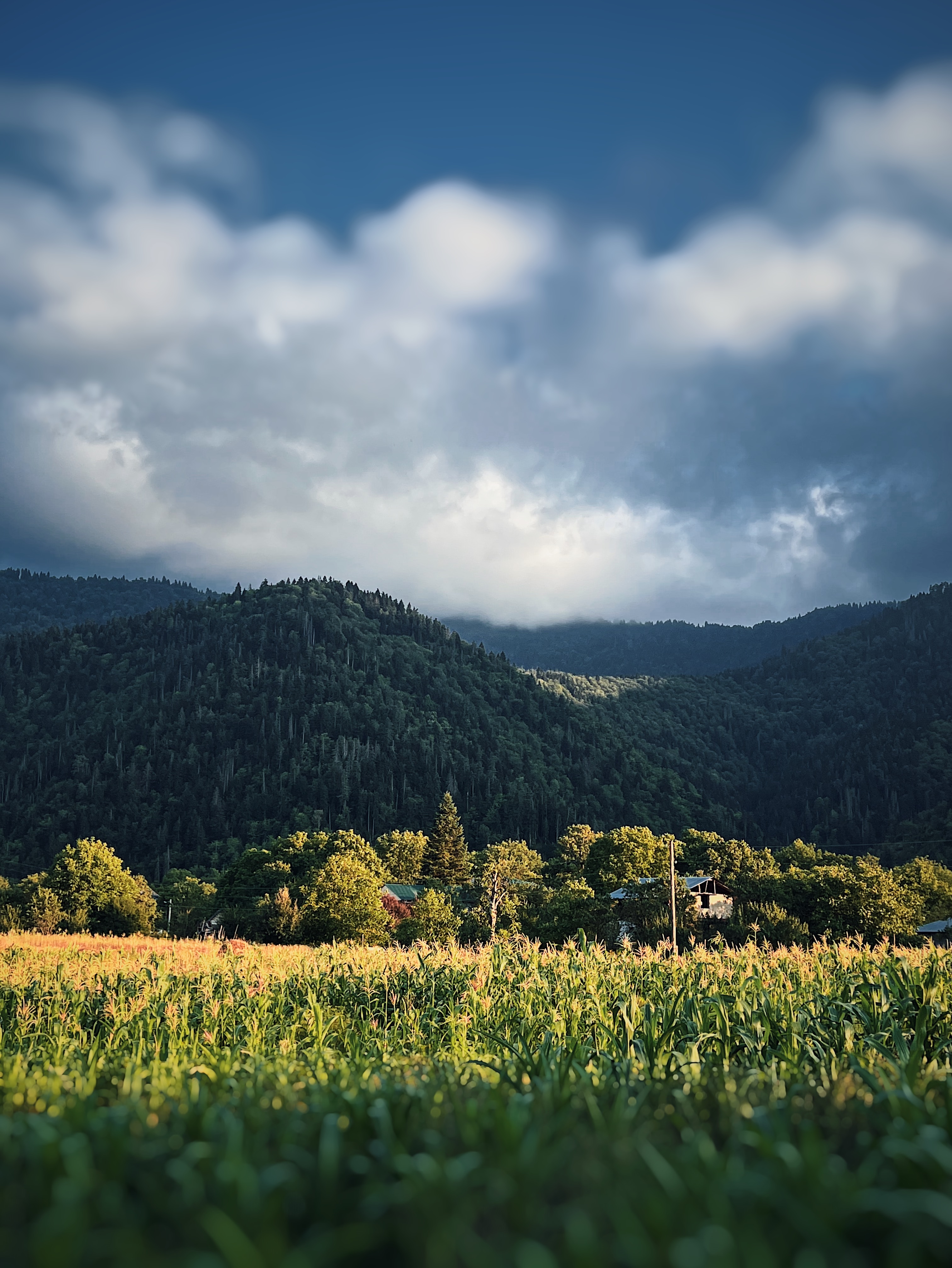
General Information
Javakheti National Park, located in the southern part of Georgia, is a pristine highland area known for its vast volcanic landscapes, wetlands, and scenic beauty. Spanning over 16,000 hectares, the park is part of the Samtskhe-Javakheti region, featuring rugged plateaus, volcanic mountains, and serene lakes such as Paravani, Khanchali, and Madatapa, which are vital for birdlife and biodiversity.
The park’s flora is primarily composed of subalpine and alpine meadows, with resilient grasses and flowering plants adapted to the harsh climate. The landscape is dotted with wetlands, peat bogs, and grasslands that thrive in the volcanic soil, creating a unique ecological environment.
Javakheti is a haven for birdwatchers, as its wetlands provide important stopover points for migratory birds. It is home to numerous rare and endangered species, including the Dalmatian pelican, Armenian gull, and various waterfowl. The region’s fauna also includes wolves, foxes, and small mammals that inhabit its mountainous terrains.
The park is perfect for eco-tourists looking to explore Georgia’s untouched nature, hike its rugged trails, or engage in birdwatching. Its remote location, diverse ecosystems, and cultural heritage make Javakheti National Park an unspoiled gem for nature lovers and adventurers alike.
How to get there
By Car:
- The most convenient way to reach Javakheti National Park is by car. From Tbilisi, take the Tbilisi-Gori highway (E60) and then follow the route towards Borjomi and Akhaltsikhe (approximately 3 hours). From Akhaltsikhe, head southeast toward Ninotsminda, which will take another 1 to 1.5 hours. The entire drive is around 220 km and takes about 4-5 hours.
By Minibus:
- You can take a minibus from Tbilisi’s Didube Bus Station to Akhaltsikhe (3.5 hours), and from there, catch a marshrutka to Ninotsminda or the nearby villages in the Javakheti region. Public transport is slower and less frequent, but it’s an affordable option.
By Car:
- From Kutaisi, follow the Tbilisi-Batumi highway (E60) toward Zestaponi, then take the road toward Borjomi and Akhaltsikhe. The drive is approximately 5 hours (about 200 km).
By Minibus:
- Minibuses from Kutaisi head to Akhaltsikhe, from where you can transfer to a local marshrutka to reach Javakheti. The journey will take around 5 hours depending on connections.
Javakheti National Park
Madatapa Lake
Distance: 22 km
Difficulty: Moderate
Distance: 22 km
Difficulty: Moderate
Madatapa Lake, located within Javakheti National Park, is a stunning high-altitude lake situated at 2,100 meters above sea level. Surrounded by volcanic landscapes and alpine meadows, the lake is a critical habitat for birdlife, particularly during migration seasons. It hosts rare species such as the Dalmatian pelican, Armenian gull, and various ducks and geese. The serene, remote location makes it a perfect spot for birdwatching, photography, and peaceful nature walks. Madatapa’s unspoiled environment, clear waters, and rich biodiversity make it a highlight for eco-tourists exploring the park.
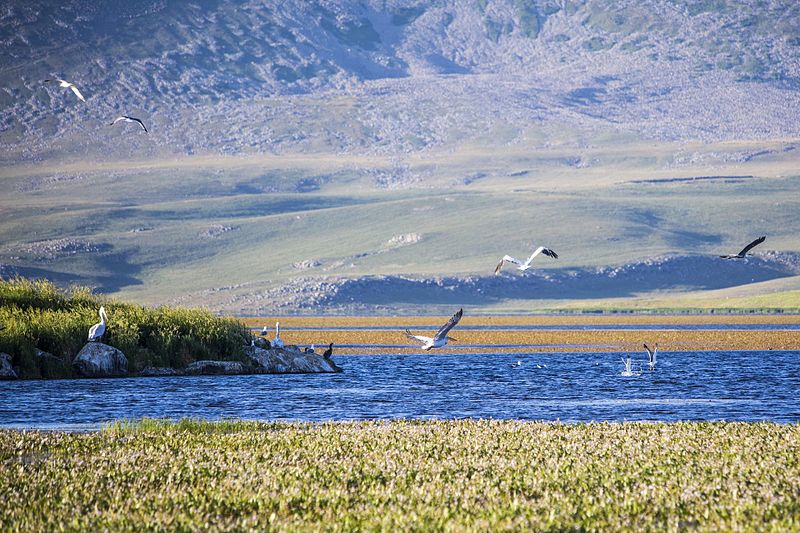
Tiger Canyon
Distance: 15 km
Difficulty: Hard 🔴
Distance: 15 km
Difficulty: Hard 🔴
Madatapa Lake, one of the scenic highlights of Javakheti National Park, sits at an altitude of 2,100 meters, surrounded by volcanic plateaus and serene alpine meadows. This picturesque lake is renowned for its rich biodiversity, especially as a critical stopover for migratory birds. Birdwatchers flock here to see rare species such as the Dalmatian pelican, Armenian gull, and numerous waterfowl. The lake’s tranquil environment and clear waters also attract nature lovers and photographers. Its remote, unspoiled landscape offers peaceful walks and opportunities to explore the volcanic geology of the region. Whether for birdwatching or enjoying the pristine natural beauty, Madatapa Lake is a must-visit destination in the park.
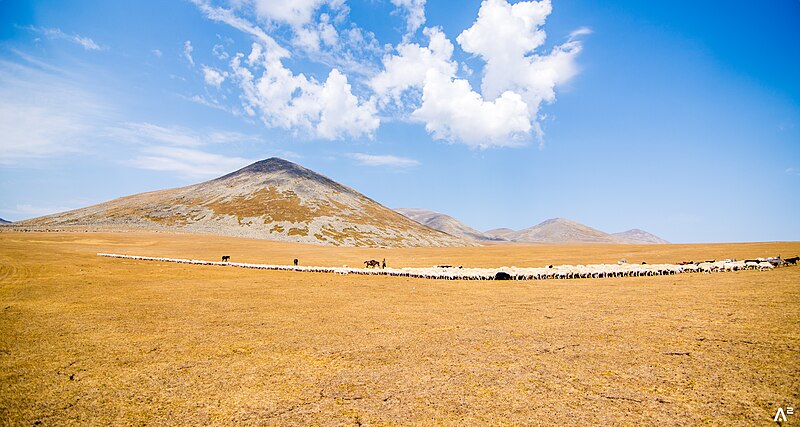
Suldi Marsh
Distance: 5 km
Difficulty: Easy
Distance: 5 km
Difficulty: Easy
Suldi Marsh, located in Javakheti National Park, is a vital wetland ecosystem and a key attraction for birdwatchers and nature enthusiasts. This expansive marshland serves as an important habitat for numerous migratory and nesting bird species, including the globally threatened white stork, white-fronted goose, and various waders. The rich biodiversity of the marsh also supports amphibians, small mammals, and rare plant species adapted to the wetland environment. The tranquil landscape of Suldi Marsh, with its calm waters and surrounding grasslands, offers a peaceful escape for visitors interested in eco-tourism, photography, or simply enjoying the serenity of the natural environment. Its ecological significance makes it a valuable part of Javakheti’s diverse wildlife habitats.
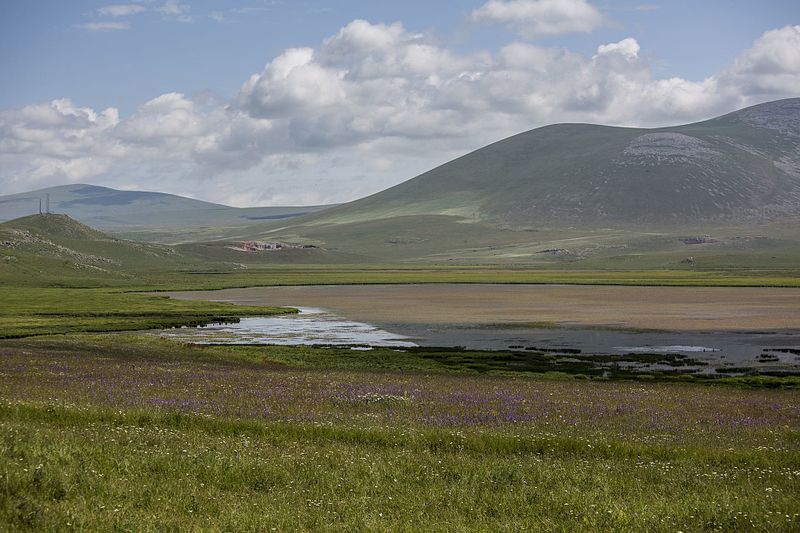
Bughdasheni Lake
Distance: 2 km
Difficulty: Easy
Distance: 2 km
Difficulty: Easy
Bugdasheni Lake, nestled within Javakheti National Park, is a picturesque volcanic lake located at an altitude of 2,000 meters. Surrounded by lush meadows and volcanic hills, the lake is a haven for birdlife, particularly during migration periods. It provides critical nesting grounds for various waterfowl and rare species such as the red-crested pochard and ruddy shelduck. The calm, mirror-like waters and serene landscape make Bugdasheni ideal for birdwatching, photography, and peaceful nature walks. The lake’s untouched beauty, remote setting, and ecological importance create a perfect destination for eco-tourists and wildlife enthusiasts exploring the rich biodiversity and volcanic landscapes of the Javakheti region.
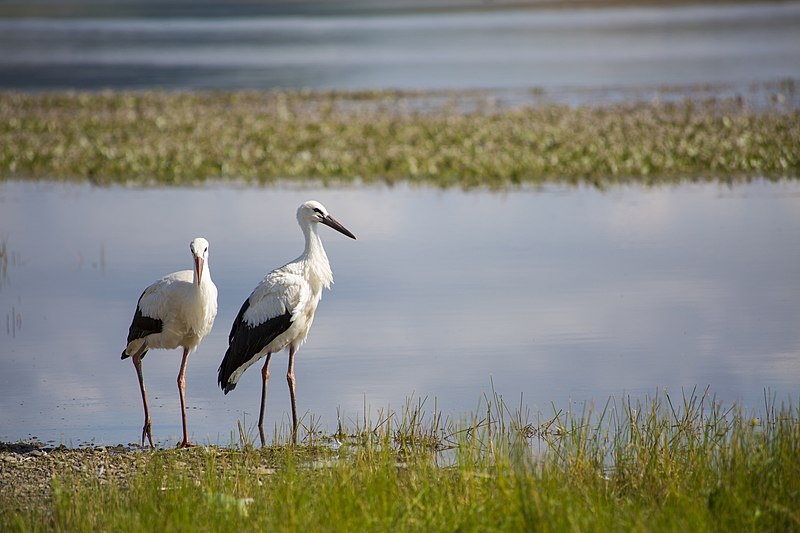
Kartsakhi Lake
Distance: 3 km
Difficulty: Easy
Distance: 3 km
Difficulty: Easy
Kartsakhi Lake, located at the Georgia-Turkey border within Javakheti National Park, is one of the largest lakes in the region, covering around 26 square kilometers. This high-altitude lake (1,800 meters above sea level) is a crucial wetland habitat, hosting a remarkable diversity of bird species. It is especially important for migratory birds, including the endangered Dalmatian pelican, herons, and swans. The surrounding wetlands and reed beds provide ideal nesting grounds, making it a key birdwatching destination. Kartsakhi Lake’s tranquil, remote setting, with views of both Georgian and Turkish landscapes, offers a peaceful retreat for nature lovers and eco-tourists, making it an essential stop for exploring Javakheti’s rich biodiversity.
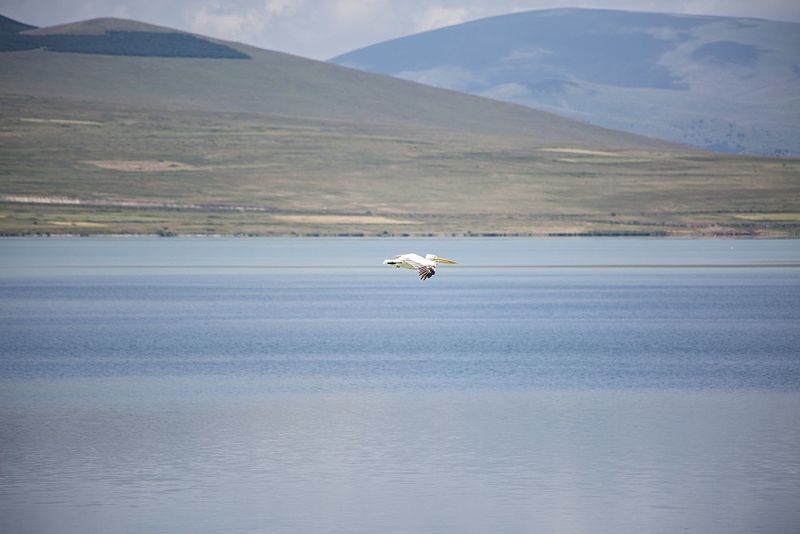
Practical information

What to Pack
Hiking Gear
Sturdy hiking boots and weather-appropriate clothing (layers are key).
First Aid Kit
Always carry a basic first aid kit, especially if you’re going on longer hikes.
Food & Water
Bring sufficient food & water for the duration of your hike.
Navigation
Maps and GPS are essential, as cell reception is limited. Maps are available at the visitor centers.
